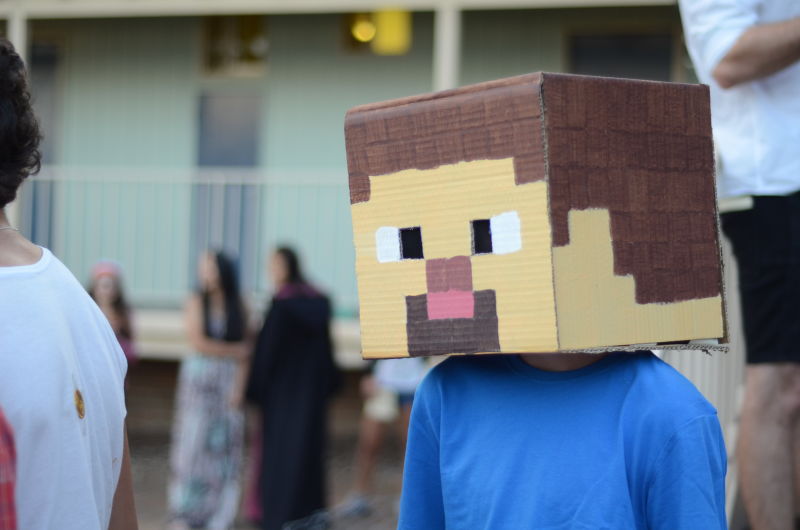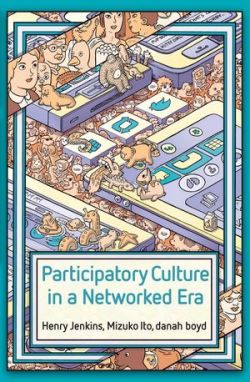Excerpted from the book "Participatory Culture in a Networked Era: A Conversation on Youth, Learning, Commerce and Politics" by Henry Jenkins, Mizuko (Mimi) Ito and danah boyd, published by Polity. The following is in Chapter 4, "Learning and Literacy."
What Interests Are Valued?
Mimi: Only a limited number of interests and identities are validated within schools and peer culture, and either you happen to be one of those kids whose interests are already connected or you’re one of those kids who isn’t embraced by the school culture, socially, academically, or culturally. There’s a strong cultural and institutional bias in many schools that validates interests like football or basketball, specific academic subjects, and extracurriculars such as chess or debate. Even putting aside something as challenging as pro-ana, it’s hard for a sci-fi fan or a skater to find a validated place in the school culture.
Katie Salen has written about changing the culture of the school to validate these gamer and geek identities in the Quest to Learn (Q2L) middle school (Salen et al. 2011). Q2L is a public middle school in Manhattan, founded in 2009, which now incorporates grades 6 to 12. Much of the school curriculum includes the input of game designers, and it centers on a game-based pedagogy and problem-solving. What you see in Q2L is a proliferation not just of the empowered geek identity but also kids starting a lot of after-school clubs that are interesting sites of overlap between school, peer, and interest culture. So there’ll be a Minecraft club or a video-making club and other interests that aren’t fully compatible with the curriculum but are still brought into the schools. This isn’t unique to Q2L. Teachers and schools around the country and elsewhere in the world support youth in organizing clubs and in extracurricular and other interest-driven enrichment activities. Given limitations in resources and time, it’s often difficult for schools to embrace a really wide range of interests, which is the constant underlying challenge.
Henry: For example, libraries are embracing comics as a way of engaging with young readers and, in some cases, to validate the expertise they already possess, their mastery over domains of knowledge that have not historically been recognized at school. We used to see a student smuggle a comic inside her textbook and have it confiscated by the teacher; now, we see whole library shelves stocked with graphic novels. In our New Media Literacies work, we have an activity where we ask students to map their identities as readers, to identify the many different things they read and write and the roles they play in their lives – from menus and cereal boxes to magazines and websites (Jenkins, Reilly, and Mehta, 2013). We’ve had any number of students complete the activity and come to the realization that, while schools have long classified them as not very good readers, they read all the time. Reading is a key part of their lives, but they simply don’t engage in the kinds of reading that schools value. They don’t read the right things or in the right way.



